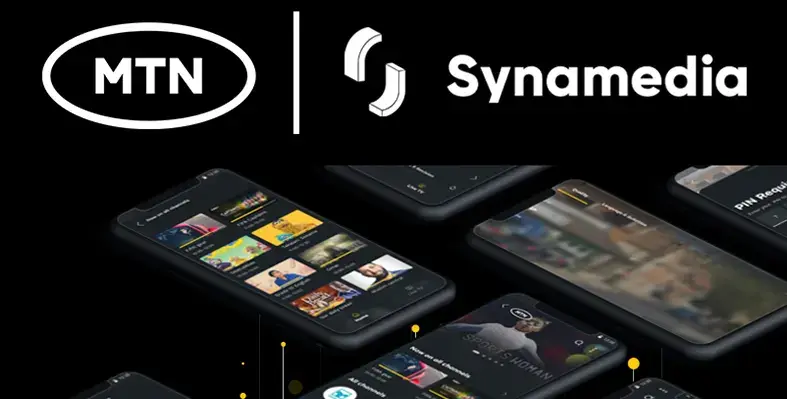
Sub-Saharan Africa remains the most active region for mobile money, with East and West Africa seeing the highest growth in registered accounts and monthly usage. (Image source: Adobe Stock)
The ‘State of the Industry Report on Mobile Money 2025’, published by the GSMA Mobile Money programme, highlights two major milestones for the mobile money industry in 2024—crossing two billion registered accounts and more than half a billion active monthly users worldwide
This marks a significant acceleration in adoption, as it took the industry 18 years to reach one billion registered accounts and 250 million active users, but only five more years to double that growth.
According to the report, transaction volumes and values saw strong double-digit increases in 2024. An estimated 108 billion transactions, worth over US$1.68 trillion, were processed through mobile money accounts. Compared to 2023, transaction volumes surged by 20%, while values rose by 16%, up from 13% the previous year.
Vivek Badrinath, GSMA director general, commented, “Mobile money has emerged as a powerful driver of financial inclusion and economic growth. Its continued success depends on supportive regulatory environments that promote innovation, accessibility and help unlock the full socio-economic potential. To ensure mobile money remains accessible, affordable, and safe, it is vital for governments and regulators to work with financial service providers to support financial literacy programs, empowering underserved populations and opening new opportunities for financial decision-making.”
Sub-Saharan Africa leads
The report also underlines mobile money’s growing economic impact. By the end of 2023, countries offering mobile money services experienced a collective GDP that was over US$720bn higher than it would have been without them, translating to a 1.7% increase. Sub-Saharan Africa alone accounted for US$190bn of this, affirming the region’s leading role in mobile money innovation.
Sub-Saharan Africa remains the most active region for mobile money, with East and West Africa seeing the highest growth in registered accounts and monthly usage. In 2024, East Africa led monthly active account growth, followed by Southeast Asia and West Africa. The East Asia-Pacific region also made significant gains, ranking second in growth of monthly active accounts—driven by favourable regulatory conditions in Cambodia, Fiji, the Philippines, and Vietnam.
According to the GSMA, providers in East Asia and the Pacific are increasingly evolving into full-service financial platforms. “The most successful providers are often those who are actively innovating the breadth of their offerings,” the report noted.
Mobile money services have expanded to include adjacent financial products like credit, savings, and insurance. As of June 2024, 44% of providers offered credit—making it the most common—while about a third offered savings, and 28% provided insurance products.
Despite this momentum, the report flags ongoing adoption challenges, particularly among women. Of the 12 countries surveyed, eight still report a gender gap in mobile money ownership, with minimal improvement since 2023. Barriers such as limited awareness and low digital financial literacy persist—especially for women.
However, women who do own accounts are nearly as likely as men to have used them within the last 30 days. “To address these challenges,” the GSMA explained, “nearly 60% of mobile money providers have launched digital financial literacy initiatives to improve financial skills and drive adoption over time.”


























